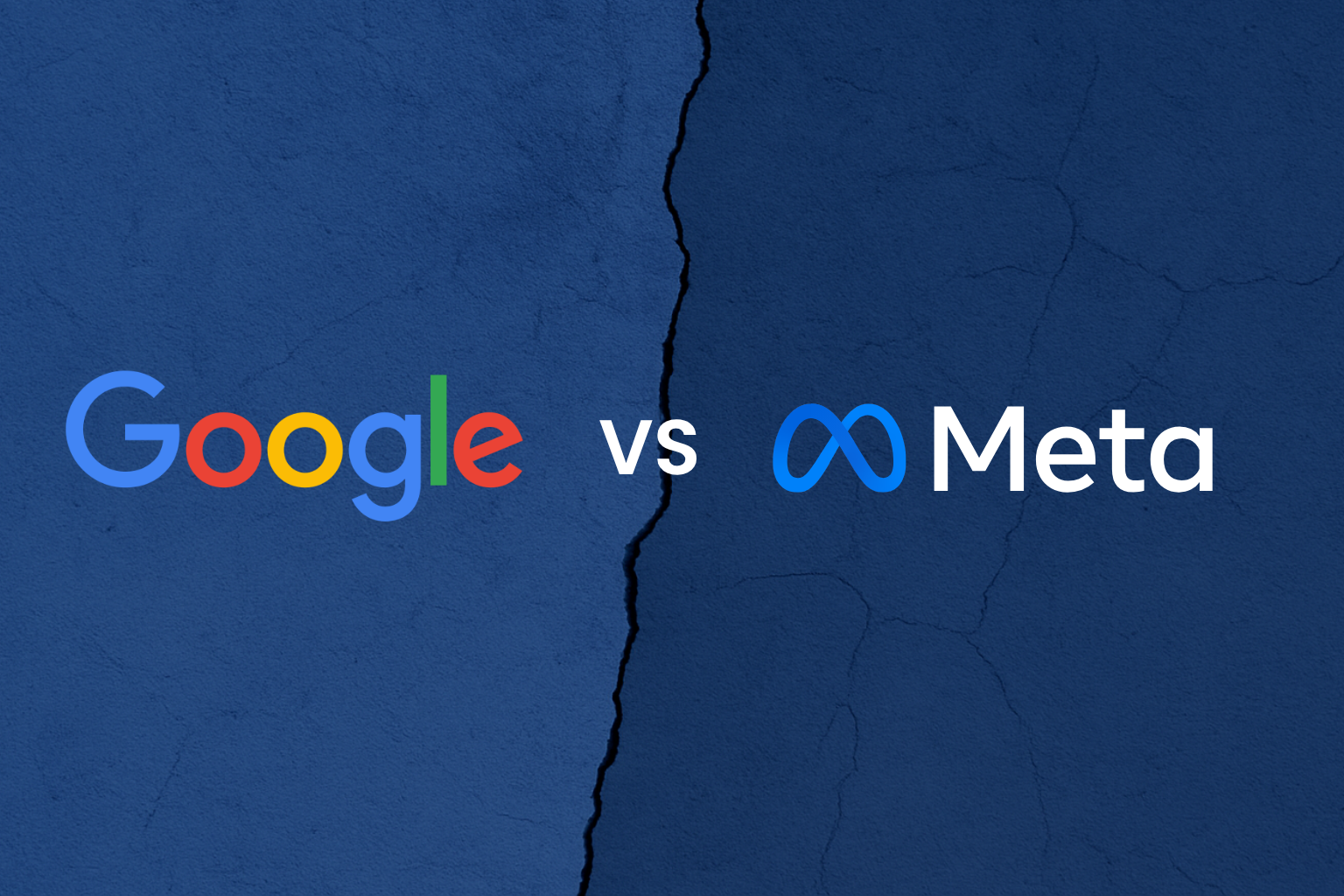Performance Max — or “PMAX” campaigns as they’re often referred to — have been around for quite a while now, having rolled out in late 2021.
As an ecommerce marketing agency, we’ve seen them improve greatly in terms of targeting and performance. Google also seems keen to keep rolling out new features, giving advertisers more control and insight into where their PMAX campaigns are spending their budget.
BUT… we still see a lot of ecommerce brands chuck money away through their PMAX campaigns.
This could be budget being secretly spent on unprofitable channels such as YouTube, or brand terms hoovering up sales you would’ve gotten anyway.
So, let’s dig into the five areas where we see ecommerce brands waste the most money with Performance Max campaigns:
- Spending money on the wrong platforms
Everyone knows that PMAX campaigns can serve ads across a range of platforms and channels, from Google Search & Shopping to YouTube and Gmail.
Recently, Google released their Channel Performance reports, which allow you to see exactly how your money is being allocated across Search & Shopping, Display, YouTube, and Discover.
We often see PMAX campaigns pushing large chunks of budget into channels like Display, YouTube, and Discover, where you typically see high impressions and clicks (great for brand awareness) but very little in the way of actual conversions.
Whilst Google claims that PMAX is the campaign type that runs full-funnel, we’ve typically found you’re much better off running your own dedicated top-of-funnel activity (mostly on Meta), as well as across YouTube or Demand Gen.
- Unoptimised product feeds
We’ve written extensively on how to improve your product feed to maximise your ecommerce performance across Google Shopping - so we won’t go into too much detail in this post, but it’s amazing how many brands are still neglecting their feed.
Often, when Google is working with an unoptimised product feed, it will push more budget into those unprofitable channels listed above, rather than push poorly optimised products across Shopping - despite Shopping being one of the best channels within your PMAX campaigns for driving sales (especially from new customers).
- Allowing Performance Max to show for Brand Terms
If left unchecked, Performance Max campaigns can run rampant across your brand terms on both Google Search and Shopping.
Why is this bad?
People searching for your brand will likely have a very high chance of converting - and in many cases, they’ll be your existing customers too.
You want to be targeting these high-intent users within their own dedicated Search campaign. This allows you to ring-fence this traffic and target them in a much more cost-effective way than your PMAX campaigns will.
Make your budget work harder by excluding brand terms from serving within your PMAX campaign. This means Google has to go out and find new users to target, rather than hoovering up a bunch of easy sales from existing customers just to hit the ROAS targets you’ve set.
- Inefficient product segmentation
Do you know which products your PMAX campaigns are actually pushing?
Often we see campaigns left with an all-products asset group.
This gives Google free rein to allocate budget to any product it sees fit - and we often find it prioritises lower price-point items or pumps a lot of budget into high-CTR products that don’t necessarily convert well.
Regularly review how much money is being allocated to each product. We often find that the vast majority of your product catalogue will remain invisible, with only a small handful of products getting the bulk of the spend.
- Lack of first-party data
Performance Max campaigns thrive on data - the more high-quality signals they get, the smarter and faster they optimise. Yet we regularly see brands completely overlooking one of the most valuable ingredients.
Your existing customers, VIP buyers, high-LTV segments, and recent purchasers are gold dust for PMAX.
When you feed these audiences into your campaigns, you’re essentially giving Google a blueprint of the exact type of person you want more of. It helps the algorithm understand who converts, how they behave, and what signals typically lead to a sale.
When this data is missing? PMAX is forced to learn from scratch, which usually means wasted budget, slower optimisation, and a lot of guesswork.
Upload high-intent audiences, recent purchasers, loyalty members - anything that clearly signals who your best customers are. It accelerates learning, improves targeting accuracy, and ultimately pushes PMAX to find more users who actually buy.
Conclusion
So there we go - the five main ways we see brands losing money with their PMAX campaigns.
Sort these out and you’ll give your campaigns a fighting chance at becoming a consistent, profitable source of new customers for your ecommerce brand.
.png)
.png)




.png)
.png)

.png)


.svg)
.svg)
.svg)
.svg)